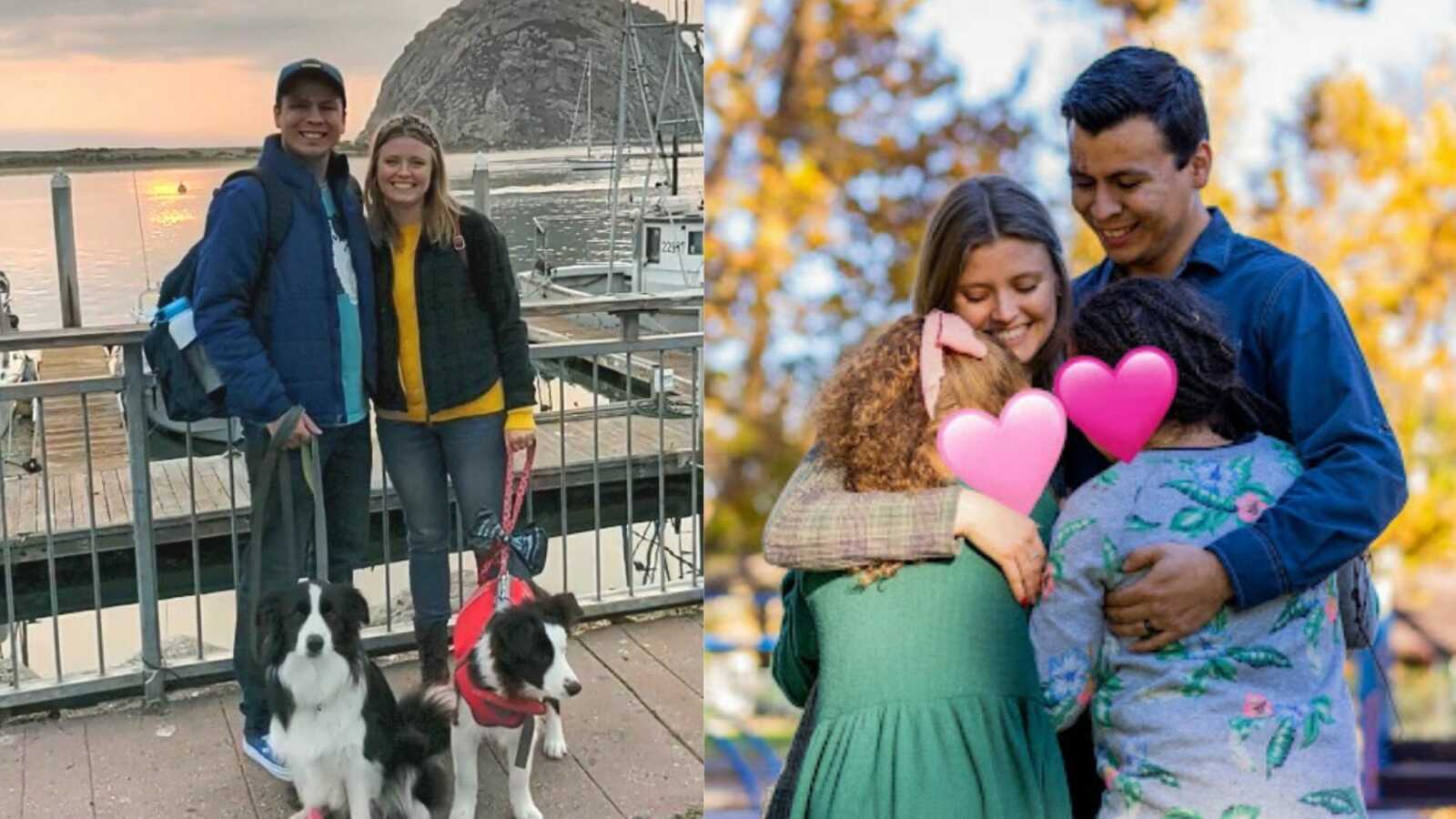Journey To Fostering
“‘Why not?’
That was my initial thought when my then girlfriend (now wife) mentioned she wanted to adopt children when starting a family. We had been dating for almost a year and started having more in-depth conversations about our future to see if marriage was right for us. Sitting under an empty lifeguard tower, looking out into the ocean at night, my 21-year-old mind rationalized, ‘If there are children who need parents, and I want to be a dad someday, why not adopt?’ I can say now, adoption and fostering are incredibly more nuanced and should be given intentional thought when making the decision to pursue them, but, back then, the common concerns for adopting did not seem to hold much weight.

‘Don’t you want kids of your own?’ Who says adopting and having biological kids are mutually exclusive?
‘What if they have behavioral problems or come from ‘messed up’ families?’ Who promises biological kids won’t have behavioral problems, or be even remotely close to the perfect caricature of kids people dream about? And should we only love those from ‘clean’ situations, avoiding anyone, let alone children, from messy backgrounds?
‘Aren’t you worried it will impact your family?’ All I know is in the face of anxious thoughts and uncertain futures, I should ‘seek first the kingdom,’ loving God and loving people in the process.
Adopting made sense, and not adopting didn’t make any. At that moment, a seed was planted. I accepted the future of adopting children. And about a year and a half after that conversation, in the summer of 2015, we were married. We wanted to wait some time before trying to expand our family to give ourselves a handful of years to enjoy marriage before kids, but throughout that time, the desire for adoption never wavered.
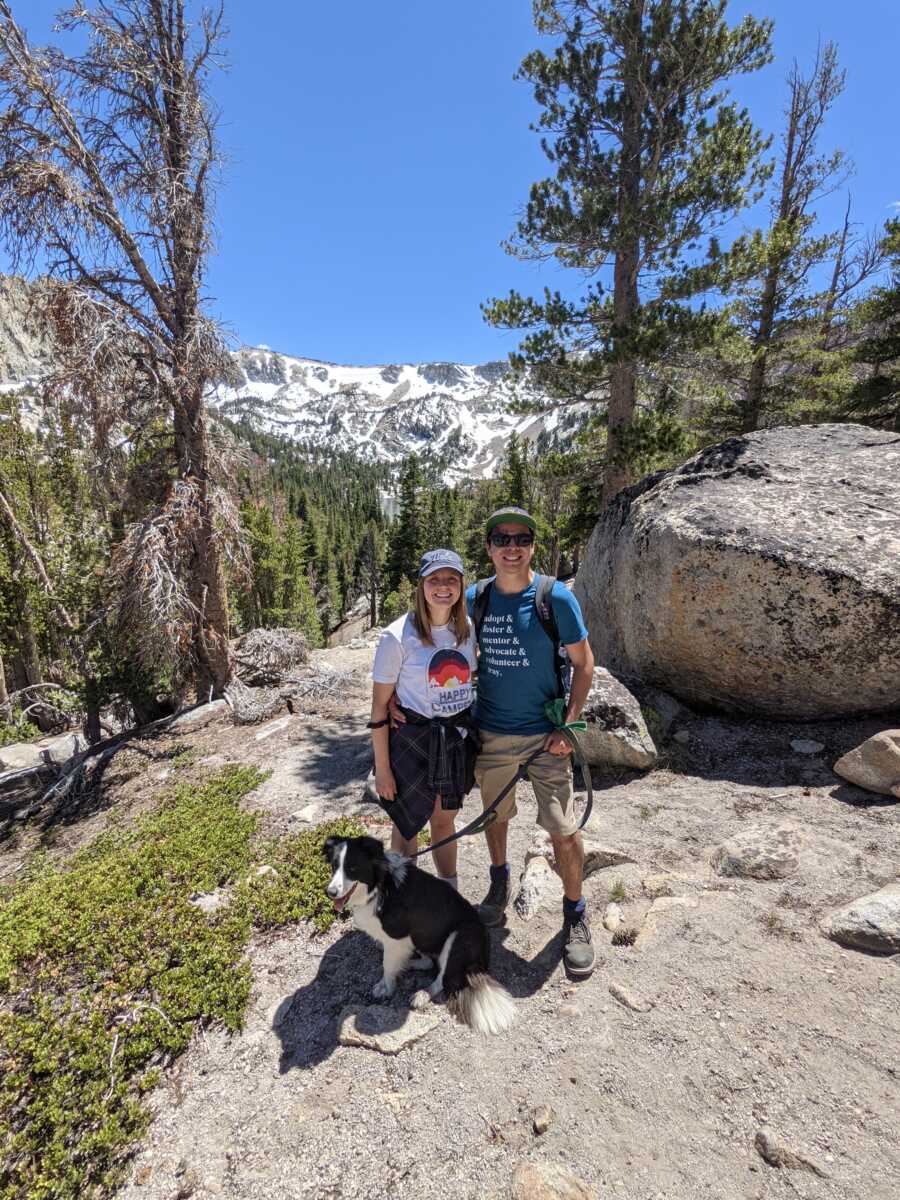
Getting Involved In The System
At the start of 2019, a friend from church reached out to my wife and I about being counselors at a summer camp for kids who were in the foster system. The question, ‘Why not?’ reappeared in my head. Why not use one of two weeks of annually accrued vacation time to volunteer? Why not heed the call to be a positive male role model and exhibit fun, wholesome husband and wife interactions? Why not start getting involved with the foster system, which has the same goal as adoption, of loving kids in unique circumstances? The seed of wanting to adopt had started growing to include fostering and being involved in the foster care system.
My wife and I signed up, taking the first steps of moving from ideology to action. As much as we believed the Bible’s call for loving our neighbors, this was a tangible way of living out the call to ‘care for the widow and the orphan’ or modern-day single mom and foster child. As we began going to trainings and attending team meetings, I started learning about some of the unique challenges children face in foster care, and how best to engage in ways that love and honor them.
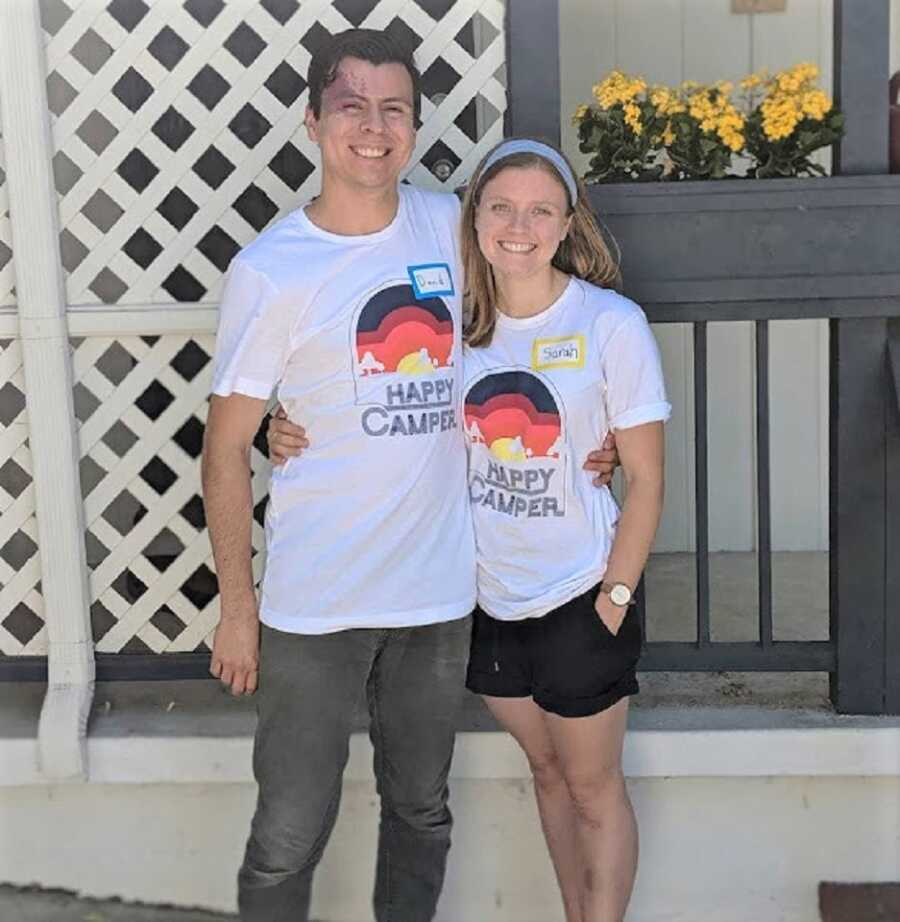
The organization did a good job equipping us counselors to view ‘bad children’ as more than just any bad behaviors. We were encouraged to internally ask questions to try to understand why kids acted the way they did, seeing them as ones who simply did not have the means to express what was going on inside them. Was it fear or anger? Tiredness or hunger? Overstimulation or just reenacting what they’ve been exposed to? Through it all, they needed to know they were loved and safe.
Although it was only one week, camp was an amazing experience, seeing the triumphant joys and walking through vulnerable hardships of the young campers. The entire team of volunteers, from counselors to ‘camp grandpa’ to coach, came together to create an atmosphere that supported one another to provide a stellar time for each child. One of the hardest parts, that I was only beginning to learn was a common part of the foster system, was saying goodbye at the end of the week. Seeing one of the ‘tough’ 5th graders, who was constantly trying to act macho on the basketball court, have tears on his face in the parking lot contextualized that moment, reminding me they were still just kids in a system that is confusing and uncertain.
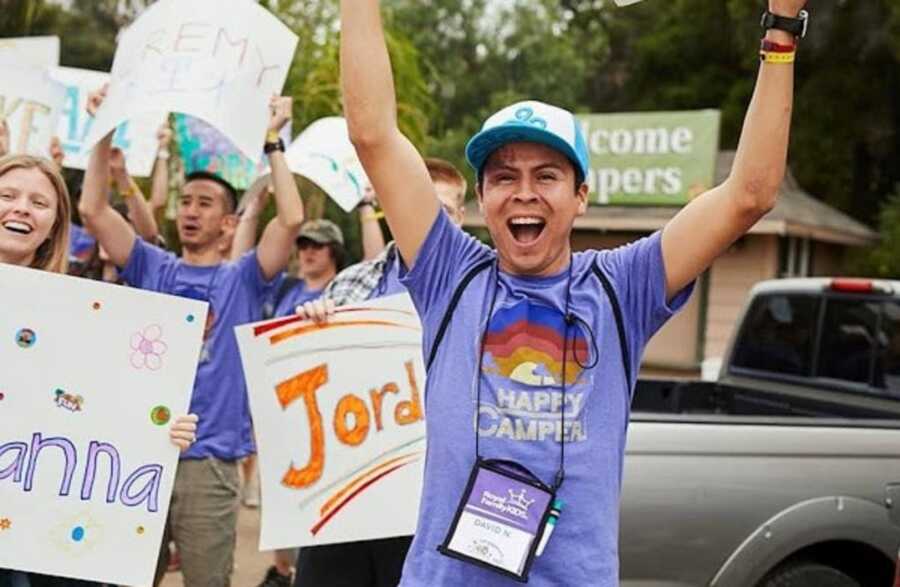
Over the past couple years, camp has still been a steady presence in our summer, surviving a pandemic with a zoom hybrid camp and even adding an annual mentorship that allows for more interactions outside of the week of camp. The next and biggest shift towards foster parenthood came at the end of 2020. As the world was still navigating how to handle COVID, the LA County Department of Children and Family Services was also trying to figure out the pandemic’s impact on the foster system. Our church leadership received an email asking if local churches had buildings they were willing to use as emergency housing centers, or if there were families willing to take in kids who’s housing situation had been affected by COVID.
Once again, ‘Why not?’ dominated the thought process. Although my wife and I had planned on fostering, we did not expect to pursue certification at that point in time. But were preconceived plans worth holding off on helping in an emergency situation? Despite not having kids of our own, would lack of parenting experience leave us unequipped to step in? We had open bedrooms and a heart ready to welcome any situation, so we started the certification process at the start of 2021. Eight months, dozens of forms, and hours of classes later, we were approved in October 2021, ready to accept placements of kids aged 6-16 and open to siblings.

Going into fostering, our mindset was ‘being parents for whoever comes into our home, for however long they need us.’ Reunification is always the goal as long as it is safe for the child, but for kids and teens whose parents have terminated rights, we would be open to adopting. Once we were certified, we knew we could receive a call at any moment and our lives would drastically change. It was a sobering reality, one that calls into question any sense of preparedness. No amount of books or classes can fully prepare someone for parenting, especially parenting that starts hours after receiving a phone call.
First Placement
About two weeks after certification, we received our first phone call for a placement. Like most cases, there were several complex aspects to this child, from behavior to guardianship. My wife and I took some time that night to talk and pray about what to do, ultimately deciding to accept the placement. But, when we tried calling back our case workers, we could not get in contact with anyone. We were told they needed to place the child that night, so we hoped the lack of communication was a result of finding another foster family, but we didn’t know for sure. It was another taste of the unknown that is naturally part of foster care.
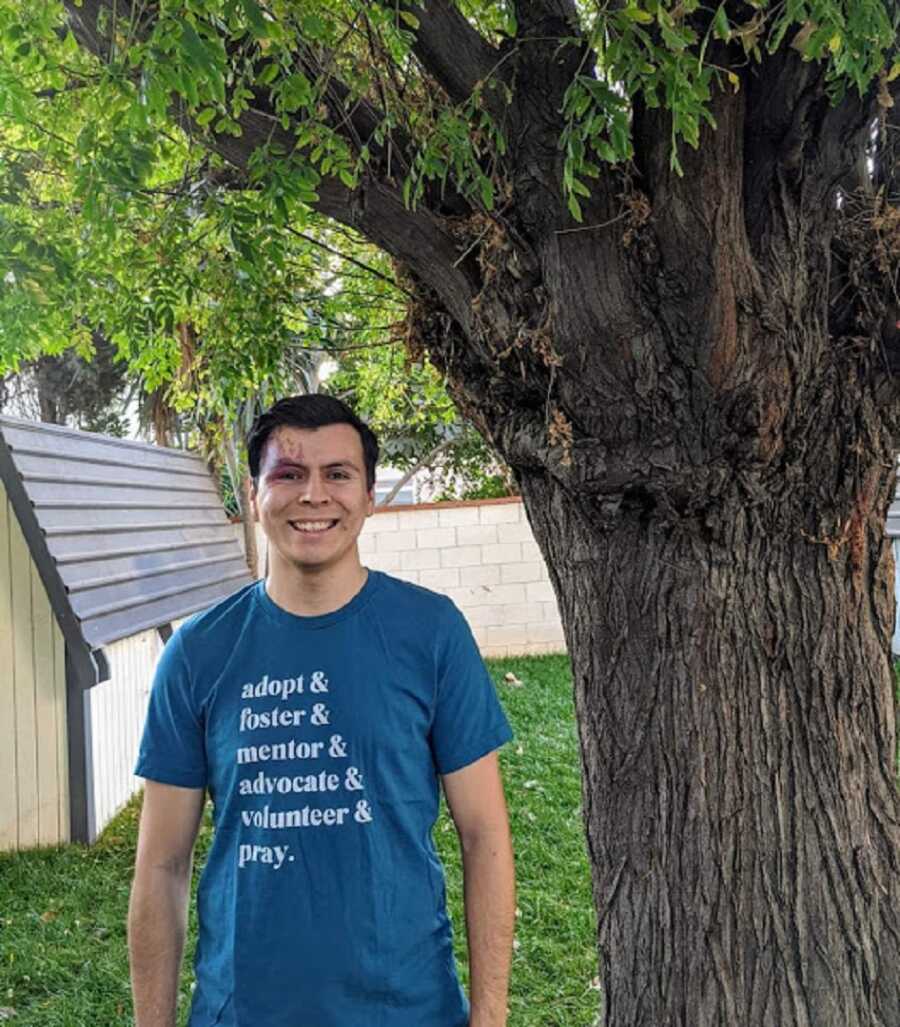
Another week went by before our next call, this time for respite care. Respite care is a resource available to foster parents when another certified foster family provides care for a brief period of time. It is usually used when a foster family wants a bit of a break, but can also be used when the family needs to travel but cannot take the foster children with them (i.e. out of the country) or even used when a foster family has a medical emergency that requires a short period of recovery time. It typically lasts a couple nights, like a weekend, to a week or so. Our placement was for a month, which was uncommon. After similar amounts of contemplating and praying, we accepted the placement: two elementary-aged sisters.
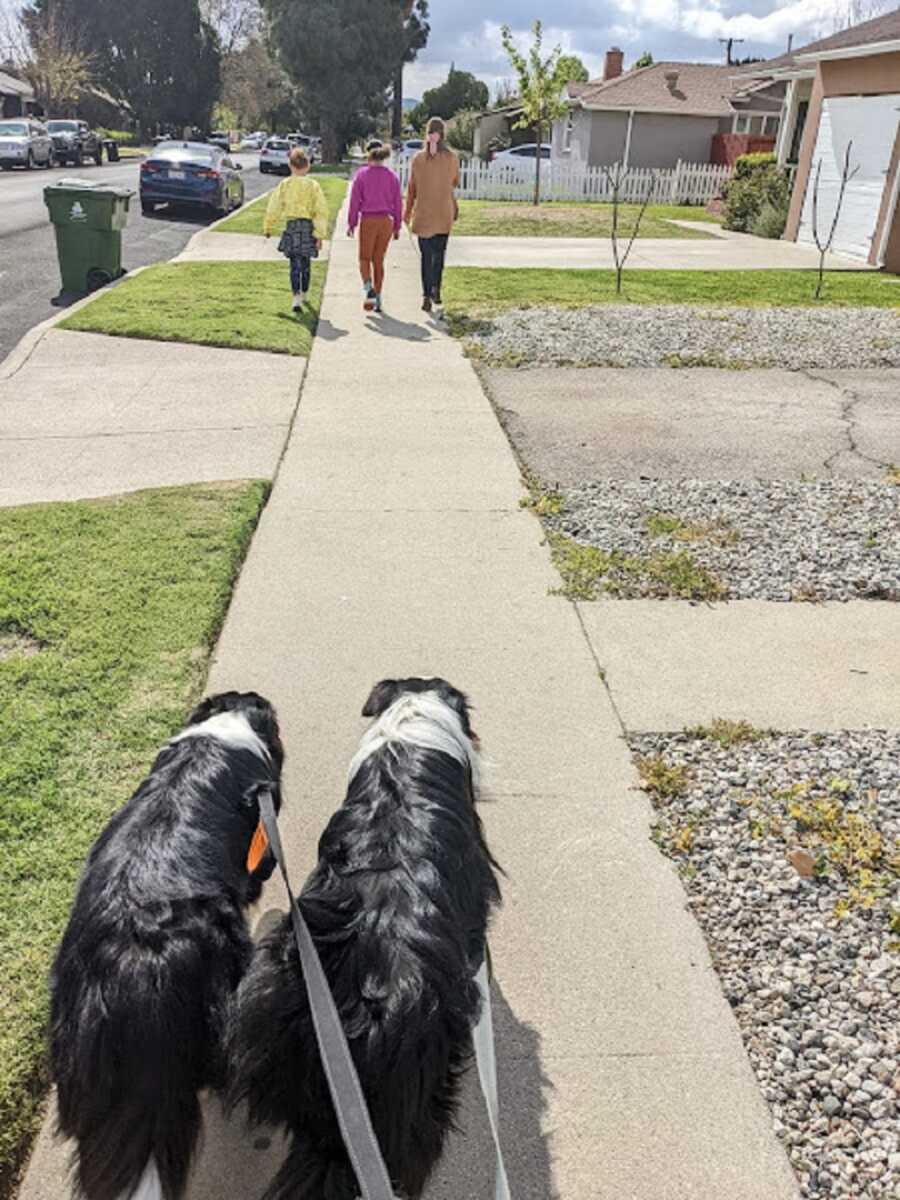
We had about one week before the placement began, so we were able to do some final house prep and mental prep before they came. Once they arrived, on a warm Wednesday afternoon, our foster journey was well underway. We navigated welcoming two girls into our home, tempering our own excitement while still trying to convey that our house was a safe place, and we were happy to have them. Our two border collies played a huge part in that effort, wagging their 6-month-old and 1.5-year-old tails at the sight of two new friends. The six of us were a small, respite family eager to see what the next month had in store for us.
Over the course of the next month, we experienced many ups and downs, walking through the growing pains of transition while still enjoying the mini triumphs. While it seemed like every week held its own unique challenge that kept us from having a ‘regular’ week, we tried our best to introduce daily and weekly rhythms that could help ease any worries about what was happening next in their lives, even if it was just for that night.

The fun days could be met with a tantrum in the evening. A pleasant drive home from school could easily be followed by a meltdown over homework. And still, through it all, we loved having them with us. We had to lean heavily on God and any wisdom gleaned from our classes, mostly regarding trust based relational intervention (TBRI).
We had to learn the girls didn’t care how we parented until they knew we were parents who cared about whatever was going on inside them more than the behaviors we were seeing externally. And we had to remind them their behaviors did not define them as ‘bad kids,’ contrary to what they might have heard in previous foster homes.

The respite month came and went quickly, leading to another transition back to their previous foster family. We had planned on taking a month-long break to decompress and recuperate before the next placement, but two weeks into the break, we received a call regarding the two girls from respite explaining how their situation had changed. It was sudden, and we were left with the decision to either take them in the next day or have them be placed with yet another foster home. Still feeling weary, we knew it would be best for the girls to not undergo another change, especially right before the holidays. So we accepted, welcoming them back a second time, but now officially as their foster parents, not just respite.
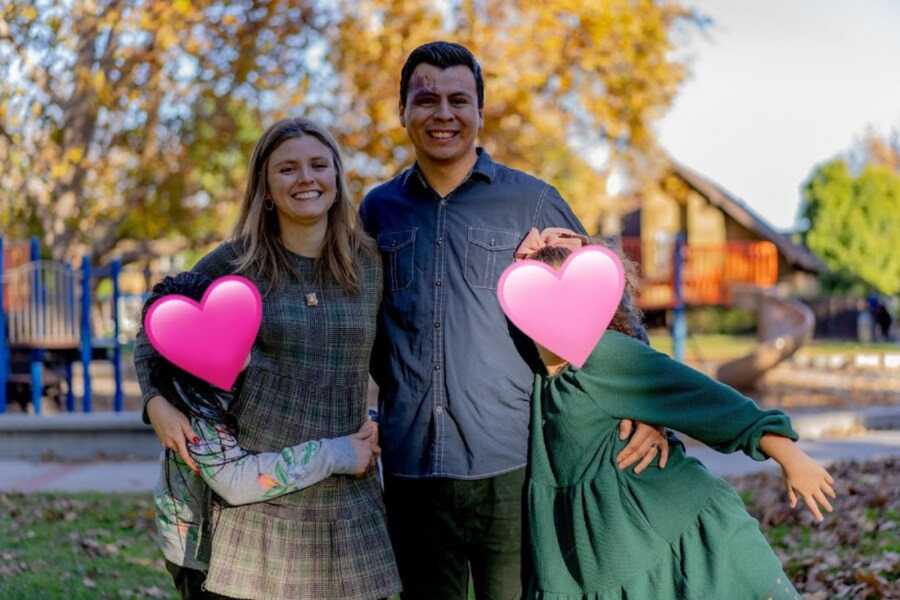
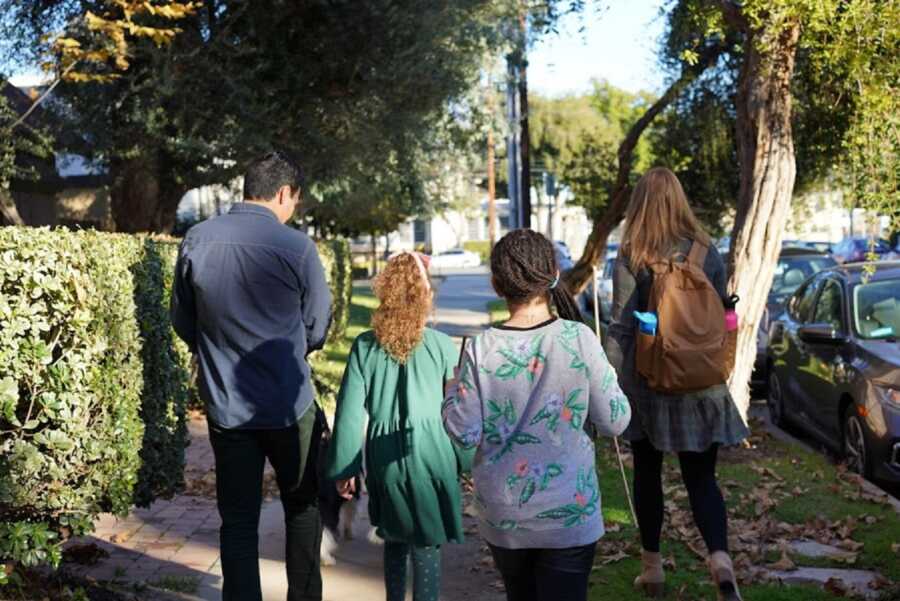
While our home was familiar for the girls, their situation was anything but that. Their world kept being turned upside down on them, and all we could do was try to be a stable presence in the midst of it. We did have some experience with them, and the two weeks apart did give us room to think about what we would have done differently, which we were able to try to enact this time around. However, we still had to go through different periods of difficult trials, sometimes with only one of the girls and others with both. The past several months have not been easy, not that I expected them to be by any stretch of the imagination, but the frequent shifting between calm and conflict has been trying and tiring. Stretches of two or three days without meltdowns are cause for praise, but do the smiles balance out the screams? Are the requests for more hugs at bedtime enough to outweigh the verbal pushing away of ‘I don’t want to be here anymore?’ Now, the question is reframed from ‘Why not?’ to just ‘Why?’
Finding My Why
Why continue being foster parents to kids that ‘aren’t ours?’ Why invest and attach when those relationships might have an approaching expiration date? Why trade golf outings and weekend trips for extra loads of laundry and press on nails? Now that I am a foster dad, I finally have an alternate perspective compared to ‘why not.’ When faced with the question of continuing fostering, I actually have to reexamine why, or if, I want to do this. Why should I endure a position that so many self-attest as ‘I could never do that?’ As competitive as I am, it is not pride to achieve or fear of failure. It is not some wishful scale, hoping all the happy moments will outweigh the sad.
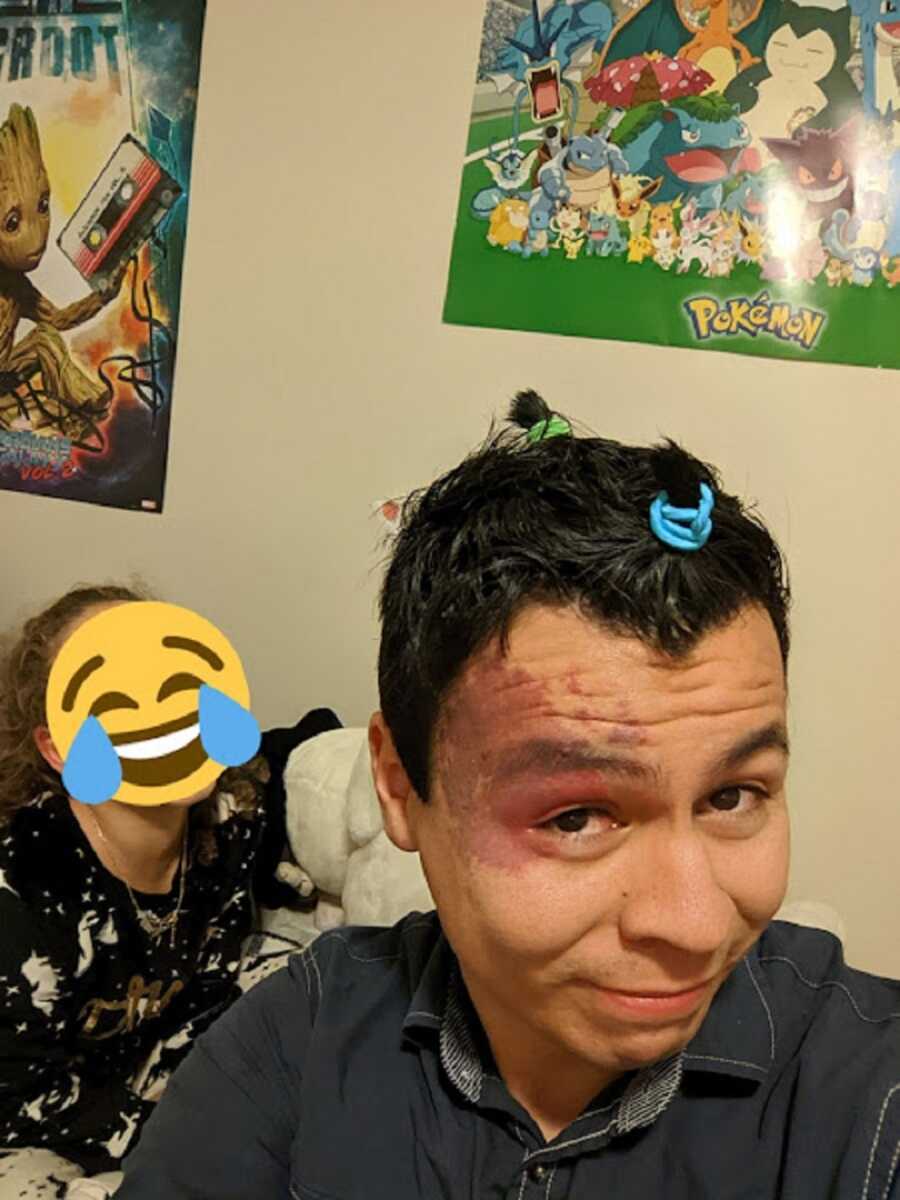

Love is the answer to ‘why,’ but not in a facetious way that overlooks reality. I don’t ‘love’ questioning if they are sincere when they say they will run away, just like I don’t ‘love’ immense resistance when implementing basic parenting structure. In the same light, I don’t continue because I ‘love’ the sweet surprise hugs at bedtime or even the small steps of growth over the weeks. The love that calls me to foster and adopt is the overflowing love of a God who promises to accompany me as I love those who He loves. The love that gives me strength to persevere is the divine love from a Heavenly Father.
Granted, everyone’s idea of critical hope may be different; however, when one believes in an unconditional love that has adopted you as a child of the King of the Universe, it is easier to draw from that fount of grace in the midst of pain. Because it is painful to deny comfort and security to pursue fostering, to forsake our own plans for our life and shift the focus to the unknown. But all those moments of pain, nights of little sleep, and tears over situations are worth it to share even a moment of love to someone in the foster system: child, parent, or foster worker.
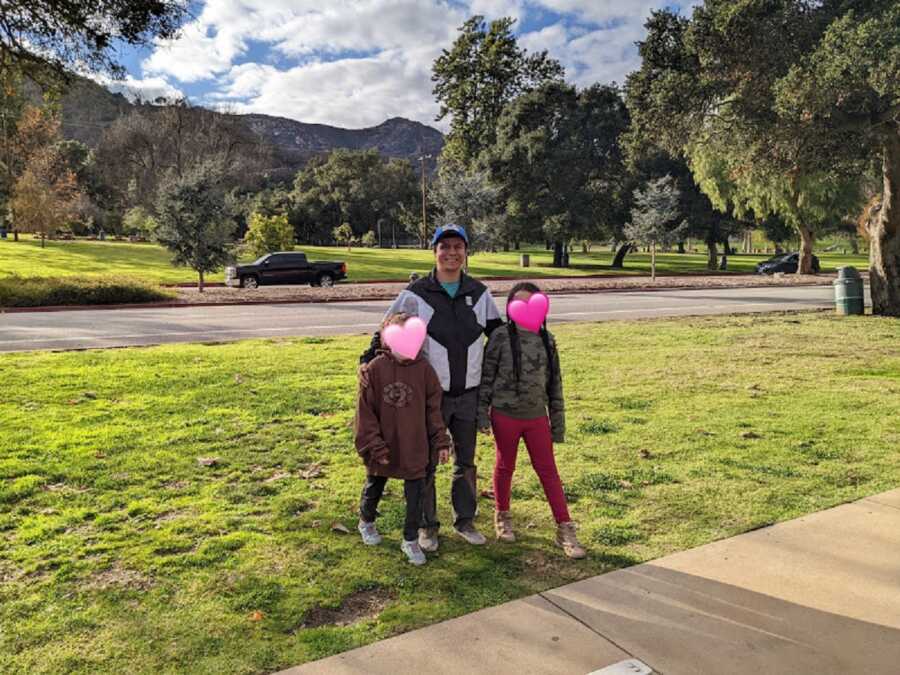
One last encouragement when faced with the sheer magnitude of the foster system, questioning an individual’s impact, comes from a story frequently shared at the foster camp that helped start my journey:
One morning after high tide, a child was walking the shore, picking up starfish who were stranded on the beach, throwing one after another back in the water. A lifeguard approached the child, saying, ‘Why are you out here trying to help these starfish? Don’t you see there are hundreds along the shore? You won’t be able to make a difference.’ The child bent over, threw one more starfish into the water, and said, ‘I made a difference for that one.’
I am merely starting this journey, knowing there will be many more moments of pause and reflection. Having a firm foundation for both ‘Why?’ and ‘Why not?’ helps give a bit of assurance for what is to come. Each new challenge is an opportunity to step into greater depths of unknown and deeper displays of love. I could choose a life of ease, but why do that when, as the proverb says, ‘Where there are no oxen, the manger is clean, but abundant crops come by the strength of the ox.’ A life spent pouring out love is well worth a little extra mess.”
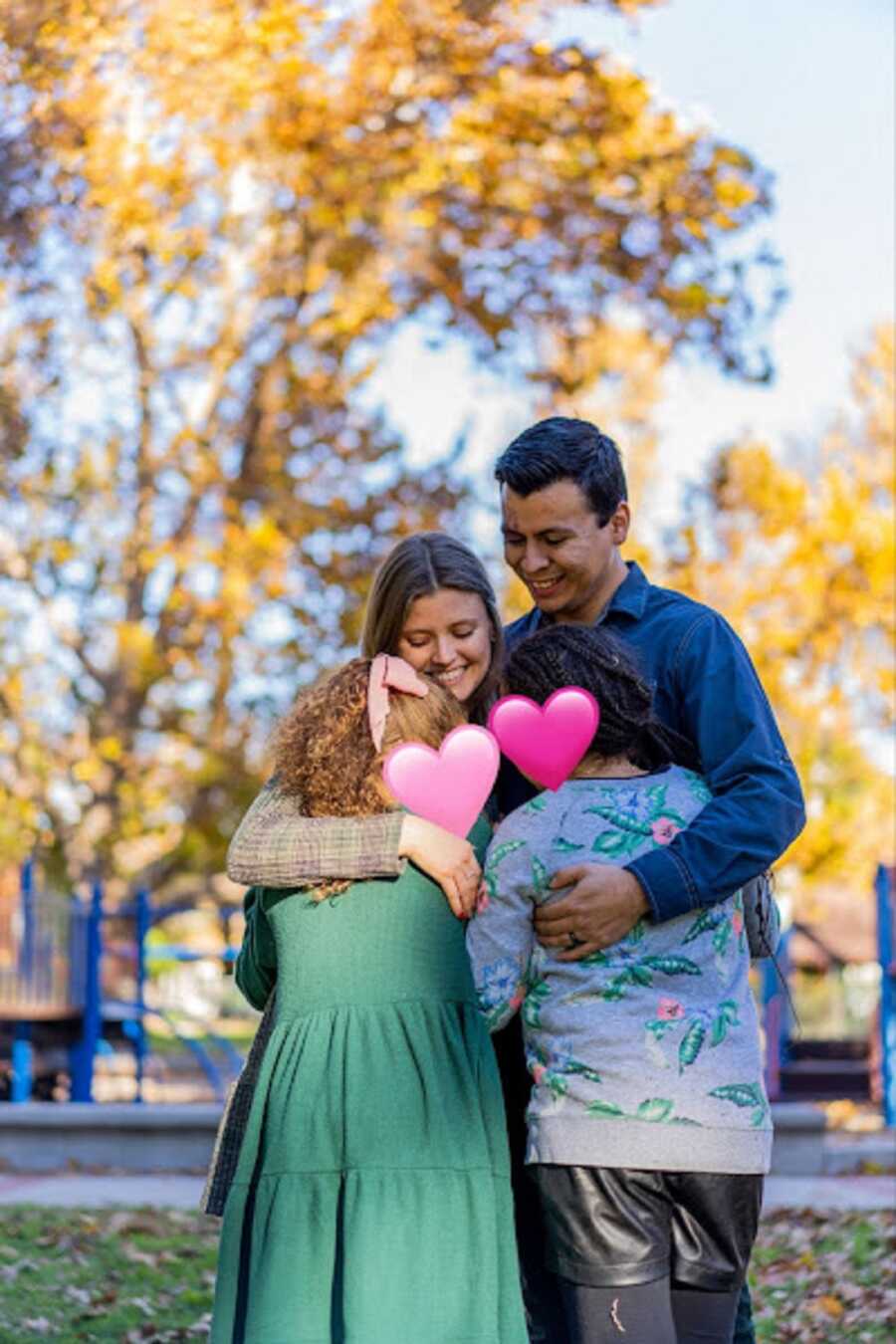
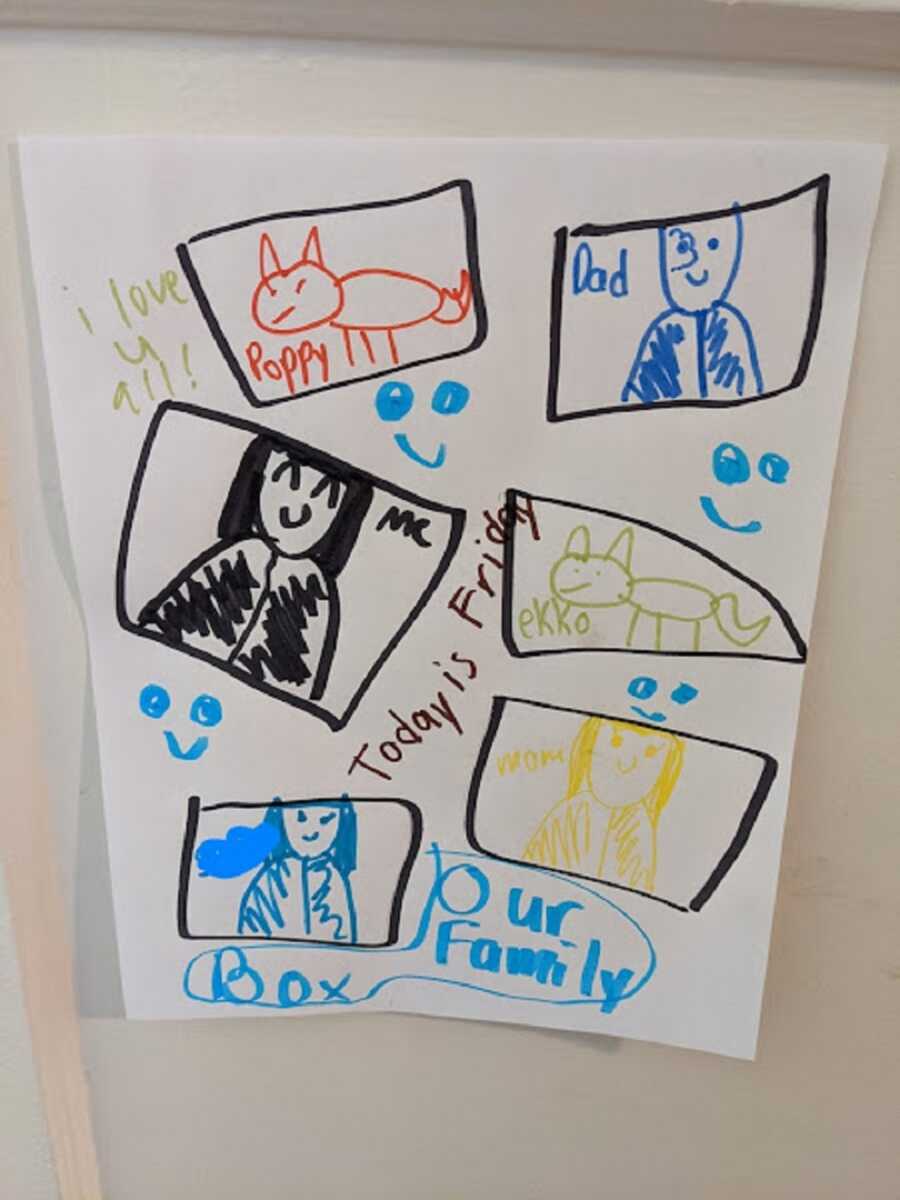
This story was submitted to Love What Matters by David Nauta of Los Angeles, CA. You can follow his journey on Instagram. Submit your own story here, and be sure to subscribe to our free email newsletter for our best stories, and YouTube for our best videos
Read more stories like this:
Help us show compassion is contagious. SHARE this story on Facebook with family and friends.

